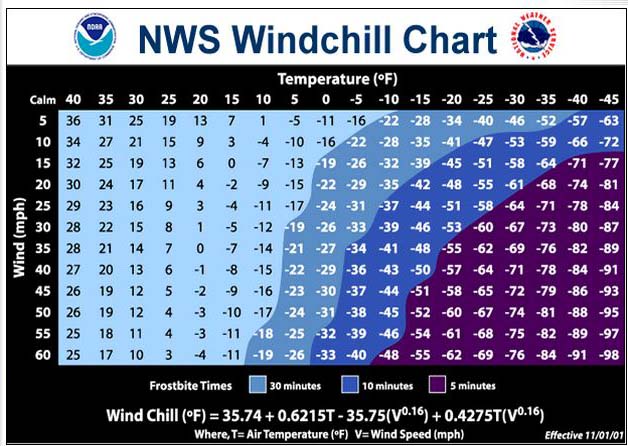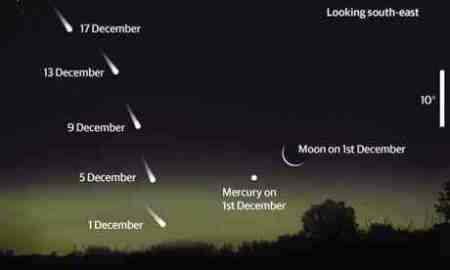
It’s always enlightening to take up other views, especially those that are not curated by the propaganda and now nudge units in the West to tell us of the glory of golden rain as they press upon us from on high. The West are not the good guys. Colonialism never ended and just like predatory, […]

Originally posted on WeatherAction News:
A few years back I wrote a rather joking post providing a script for, then Met Office’s chief scientist, Dame Julia Slingo. The recent [insert] weather is what we’d expect to see with [climate change]/[global warming]. We are loading the dice for more [insert] winters. All the evidence suggests [insert]…
Originally posted on climatecontrarian:
Instant Karma is rare – much rarer than strokes, heart attacks, blood clots, neurological disorders, stillbirths, myocarditis, etc. When it strikes twice in a week, live on TV, with the whole world able to tune in, you have to wonder if there is some sort of divine providence at play, you…
I often search on Twatter for stories and as I have done for well over a decade now, read the comments. Whilst there are legions of bots, many pushing CCP propaganda, and shills acting like arseholes defecating on everything, occasionally you can learn something or see an interesting link or thread and go down a […]
American liberals are obsessed with finding ways to silence and censor their adversaries. Every week, if not every day, they have new targets they want de-platformed, banned, silenced, and otherwise prevented from speaking or being heard… For years, their preferred censorship tactic was to expand and distort the concept of “hate speech” to mean “views that […]






